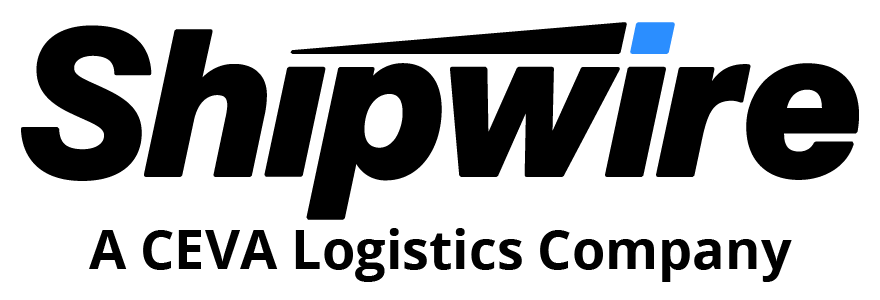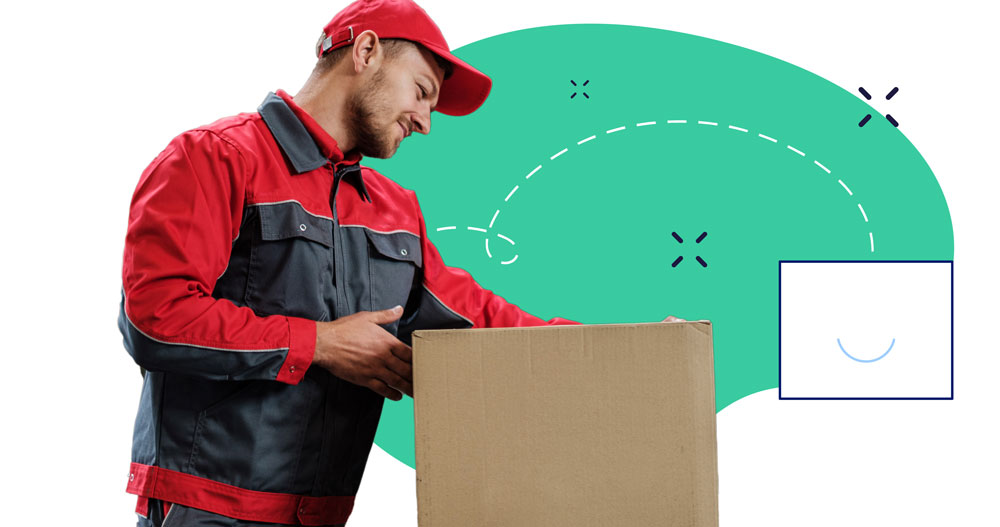What is order fulfillment? It’s the end-to-end process of receiving, packing and shipping an online order to a customer. It encompasses everything that happens starting from the time an order is received to when it’s delivered to a shopper.
There are different frameworks for order fulfillment:
- In-house fulfillment
- Third-party fulfillment
- Dropshipping
- Hybrid models
In-house: Relying on in-house fulfillment means that a business is responsible for completing all stages of the fulfillment process internally. The company determines its own strategy, coordinates warehouse space, manages its own software and other ecommerce tools, and hires laborers to fulfill each order. In-house fulfillment is ideal for a business that wants to have full control over its end-to-end customer lifecycle and can afford to support its own logistics (including infrastructure, time, personnel, etc).
Third Party: For businesses that do not wish to develop their own fulfillment process, third-party fulfillment is a commonly used option. Outsourcing order fulfillment to a third-party logistics partner (3PL) means that a professional provider handles your warehouse and shipping operations. From receiving inventory to delivering orders to customers, a third-party logistics provider assumes responsibility on behalf of a business. Most 3PL providers can also handle requests like kitting, inserts, etc. Third-party fulfillment is a good choice for growing brands and retailers that need extra support, for companies juggling many sales channels, and for businesses that offer frequent sales and need flexible labor and space to accommodate peaks.
Dropshipping: Dropshipping and third-party logistics have some commonalities — namely that another party handles order fulfillment. In the case of dropshipping, the retailer is removed from inventory management. Retailers leverage suppliers who hold inventory and manage the order fulfillment process for products sold. Dropshipping enables retailers to avoid the risk of buying product that doesn’t sell – instead, that risk is assumed by the supplier (who often benefit from large audiences that retail and marketplace exposure provide).
Hybrid: A hybrid fulfillment model is exactly what it sounds like — using multiple types of fulfillment to achieve order fulfillment needs. For example, a business might process customized orders in-house, partner with a 3PL to ship high-velocity products that don’t require customization and dropship items that are large and expensive to store (or that are infrequently purchased).
In all cases, the fulfillment process is comprised of five main steps:
- Receiving Inventory: Before an order can be fulfilled, inventory must be received. Upon receiving inventory, a 3PL will check its condition, confirm it’s correctly labeled and enter it into a management system. Businesses may choose to do the same in-house.
- Storing Inventory: After inventory is received, it must be slotted and stored in a warehouse facility. 3PLs often have a strategy in place to store inventory based on stock levels and order velocity. To manage incoming and outgoing inventory, indexing may also be necessary.
- Processing: Processing encompasses picking each item in an order, transporting the items to the packing station and boxing them in preparation for their journey through the mail.
- Shipping: Businesses connect with third-party carriers to accomplish the actual shipping part of the fulfillment process. Package size and weight, as well as the warehouse’s location, customer’s location and customer’s preferred shipping speed are considered in deciding which carrier is most cost-effective. Once an order is processed, it’s ready to be shipped by a carrier.
- Handling Returns: Managing returns (reverse logistics) is a key part of order fulfillment. Indexing returned items back into inventory, inspecting them for damage, storing them, performing refunds or exchanges, and readying items to start the cycle again is also considered within the fulfillment process.
What fulfillment model is best?
Creating and executing a streamlined order fulfillment is critical to growing business, fostering customer relationships and maintaining a competitive advantage. Businesses must choose a model that fits their current needs while also positioning them for growth.
For small businesses that are growing, third party fulfillment can make lot of sense because it alleviates resource constraints. While in-house fulfillment may work early on, there comes a point where managing inventory levels, individually packaging each item, making daily trips to the post office to send off orders, and keeping track of it all becomes unsustainable. Once informal operations become too hard to handle, startups look for alternative ways to manage their operations. Outsourcing to a 3PL ensures orders get out the door while allowing more time to be spent on sales, marketing and business development.
The value of a 3PL provider increases as a business grows. Midmarket companies have higher order volumes, their product lines may become more complex over time, and sales channels tend to multiply. The majority of orders will be shipped through a 3PL provider with flexible warehouse space that allows room for growth. Profit driven companies want to ensure their costs are minimized and their revenues are maximized, and as scale is achieved, this becomes more and more possible (through volume-based discounts and more). Devoting time to sales, marketing, partnerships, engineering, and executing on business strategies is more feasible when order fulfillment is removed from the internal to-do list.
Ultimately, scaling a business means offloading and delegating time-consuming responsibilities so that there’s space to focus on innovation and strategic growth. Ingram Micro Commerce & Lifecycle Services has decades of experience helping businesses achieve growth targets and our services support a wide variety of business profiles.



